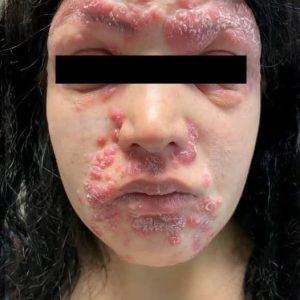Cancer remains one of the most complex and difficult diseases to prevent and treat, with causes ranging from genetics and immune system dysfunction to environmental factors. Surprisingly, our homes—places we consider safe—can harbor hidden carcinogens in everyday objects. From the air we breathe to personal care routines and household items, many products may silently contribute to health risks, including cancer.
Common indoor items such as scented candles and air fresheners can emit harmful chemicals. Substances like limonene, used for fragrance, may transform into formaldehyde, a known carcinogen, once exposed to air. Phthalates, another group of chemicals found in these products, are endocrine disruptors linked to hormonal imbalances and increased cancer risk. Burning these products also elevates indoor carbon monoxide levels, which can lead to dizziness, fatigue, and other symptoms, further compounding potential health dangers.
Humidifiers, especially those placed in children’s rooms, can become breeding grounds for bacteria if not cleaned properly. Even purified or filtered water can grow harmful organisms like Legionella and Pseudomonas within a single night if left stagnant. These bacteria are known to cause respiratory infections and other health problems. To minimize this risk, it’s essential to frequently clean and dry the humidifier tank and follow proper maintenance routines.
Other unexpected household hazards include dry-cleaned clothing and cash register receipts. Clothes dry-cleaned with perchloroethylene, a petroleum-based solvent, can release cancer-linked chemicals. It’s best to remove plastic garment covers and let the clothes air out before storing. Similarly, many receipts contain BPA, a chemical associated with endocrine disruption, cancer, and metabolic issues. Handling them minimally and by the edges can reduce exposure.
Even ordinary items like hairbrushes, remote controls, and light switches can harbor harmful bacteria. Regular cleaning, mindful product choices, and improved ventilation can make a significant difference in creating a healthier home environment. With a few simple changes and awareness, we can reduce our exposure to hidden toxins and take meaningful steps toward preventing long-term health risks like cancer.





